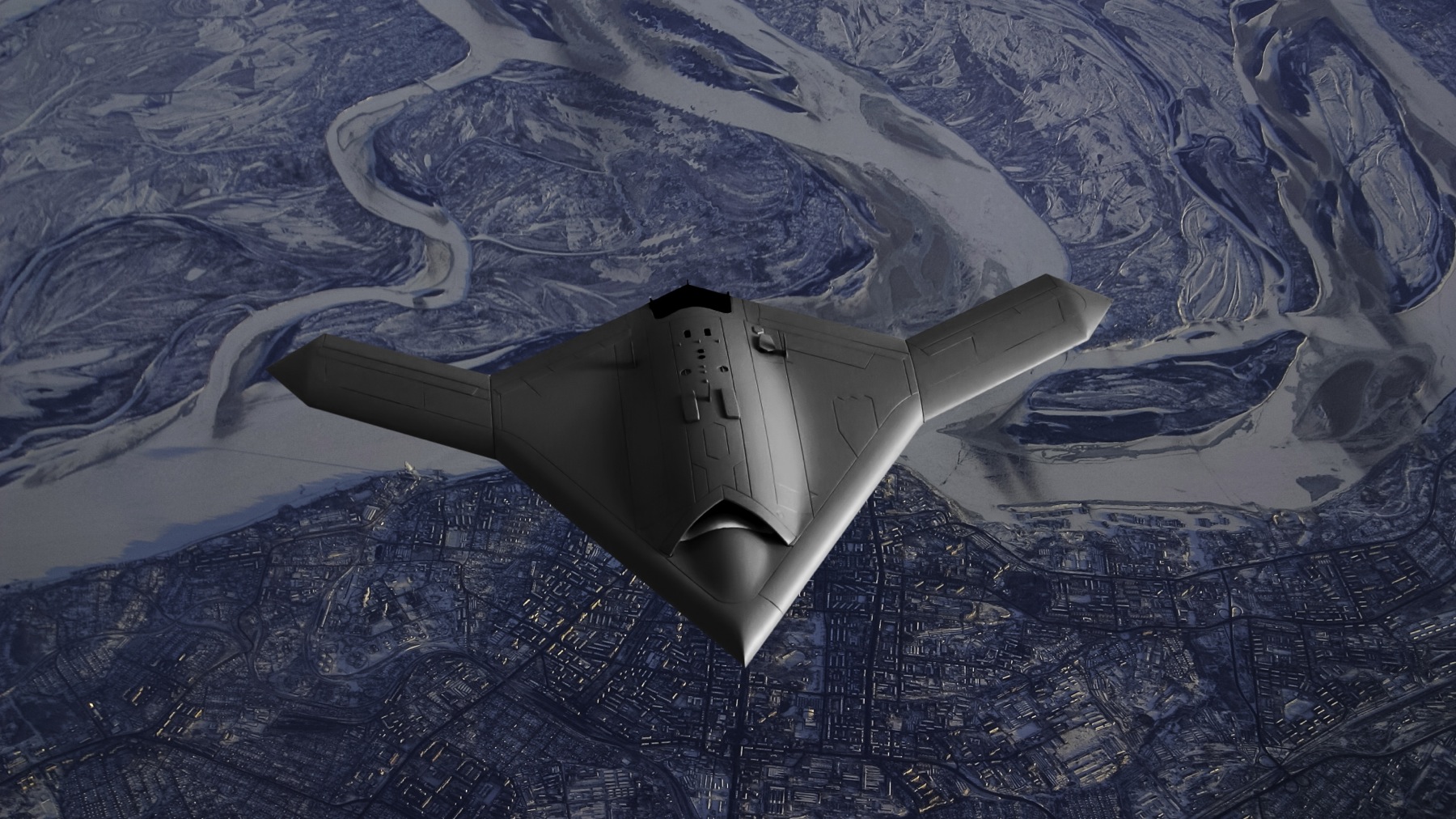Even as the teensy unarmed planes continue to invade American skies, words like “drones” and “surveillance” tend not to elicit warm and fuzzy feelings. But are there certain cases where being kept under bot watch will be welcomed?
Because drones are both nimble and thrifty, idealists are launching drones on feel-good missions across the globe. Yesterday, I wrote about the potential for drones to keep us in the know of what goes on with our food. Here are some other projects that aim to use camera-armed drones for the good of the planet — and why skepticism might keep these projects from taking off.
Drones that spot illegal fishing

Shutterstock
Ocean conservationists may be psyched about Obama’s plan for a supersized marine protected area. But, given that 20 percent of seafood is caught illegally, marine sanctuaries may matter a lot less when the rules aren’t enforced. That’s why the government of Belize is testing the waters with drone surveillance by using them to monitor their Glover’s Reef Marine Reserve.
From National Geographic:
Belize has only 70 fisheries enforcement officers to patrol its 240 miles (386 kilometers) of Caribbean coast and more than 200 islands. And with fuel prices rising, the enforcement budget has been shrinking. As a result, fishermen get away with flouting the law, says [Julio Maaz, Wildlife Conservation Society’s fisheries coordinator with Belize] — especially crews based in nearby Honduras and Guatemala.
But now a new weapon is being tested in the fight against pirate fishing: drones.
The possible pitfall? National Geographic reports that specially marketed anti-drone bullets may hint at conflict to come (though, ahem Nat Geo, I’m pretty sure that was just an April fool’s joke. In reality, any bullet would probably do the trick).
Drones that take down poachers
If you have a heart, you love baby rhinos. And yet rhinos — and other animals, like elephants and tigers — are still being poached. Because even thousands of miles of protected habitat will fall short of keeping them alive if that land isn’t regulated properly. Once again, drones can step in!
From Smithsonian:
In the last few years … conservationists have begun to develop [drones] to survey wildlife, monitor deforestation and help park rangers locate poachers before apprehending them on foot. Scientists believe the tool could revolutionize the way conservation is done in many countries, slashing the costs of monitoring large, rugged areas and, ultimately, better protecting wildlife from threats.
“The pressure on natural resources in almost all conservation spaces on the planet is increasing,” says David Wilkie, director of conservation support for the Wildlife Conservation Society, which is testing drones in Madagascar, Cambodia and Palau, among other places. “How do you move beyond enforcing the law and catching guys with ivory to preventing them from shooting the elephants in the first place? Can we use drones to do that? That gets people’s ears pricked up and they begin to think, oh my gosh, this could really be a game changer.”
Well, when you call it a game changer, it sure sounds sexy. But The Guardian warns that the new method could backfire, because the rural communities around the parks so strongly associate them with “sinister technologies or surveillance” or “associated with warfare and civilian causalities.”
“The conservation community needs to consider this carefully because any mistakes could alienate local people and undermine the long-term relationships on which conservation success depends,” The Guardian says.
Drones that fight China’s rampant pollution

Shutterstock / Hung Chung ChihThe Chinese are fed up with pollution.
Earlier this year, China’s Premier Li Keqiang announced that China is engaging in combat of a different sort: a “war on pollution.” And the country’s Ministry of Environmental Protection is getting drones involved in the battle.
From Bloomberg Businessweek:
The unmanned aerial vehicles, which are equipped with infrared cameras, can detect whether factories illegally release emissions at times when inspectors aren’t present, according to the ministry. So far its four drones have flown watchdog missions over Beijing, Hebei, Shanxi, and Inner Mongolia — all heavily polluted regions in coal-reliant northern China.
As Bloomberg reports, earlier this month the ministry announced that of the 254 factories and businesses the drones observed, 64 were flagged for further investigation.
Are drones here for good?
At the very least, these three examples go to show that environmental agencies are getting more creative with their bots. But whether these environmental drones are here to stay may still come down to this big question: when, where, and how much do we think it’s OK to be watched?




